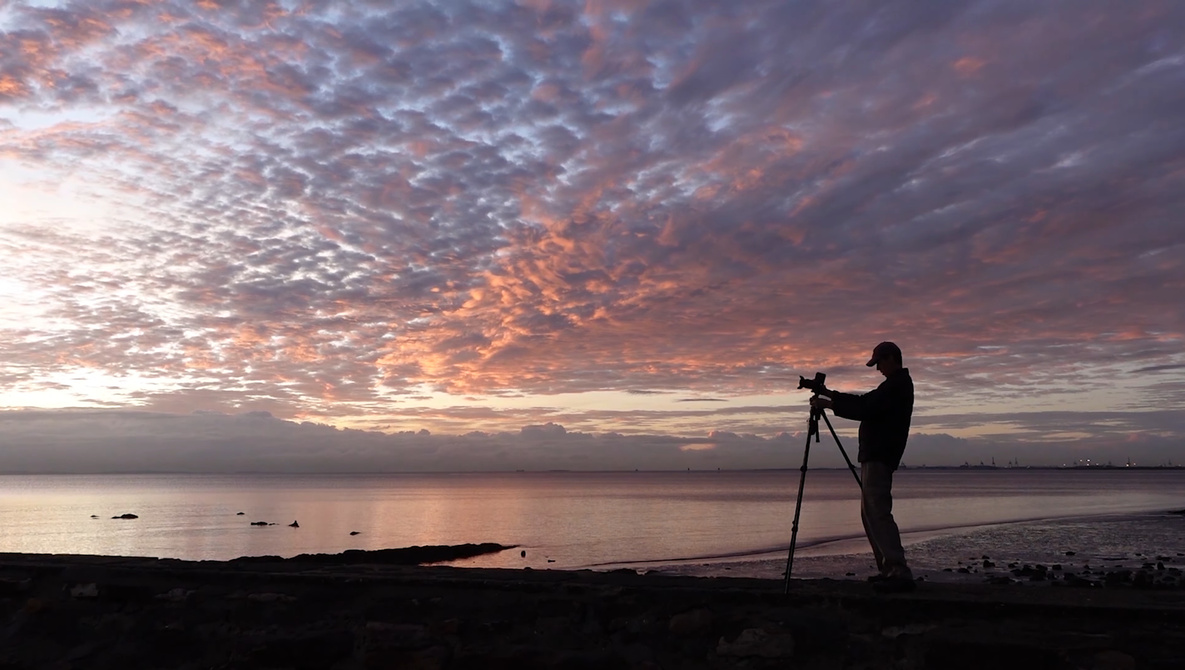UPDATE: A crucial showdown between Nikon and Viltrox ultra-wide lenses has just been revealed, shedding light on essential choices for photographers working in tight spaces or capturing sweeping landscapes. The latest video comparison highlights the differences between Nikon’s versatile zoom and Viltrox’s fixed lens, both key contenders in the ultra-wide range.
Photographers are urged to consider the significant differences in size, weight, and control when selecting their gear. The Nikon lens offers a zoom capability up to 30mm, featuring a control ring and autofocus switch, making it appealing for those who require adaptability in their shots. In contrast, the Viltrox lens boasts a lightweight design with a fixed 14mm focal length, perfect for travel and long hikes.
Price plays a vital role in this lens debate. The Nikon is positioned at the premium end of the market, while the Viltrox offers a more budget-friendly option, costing a fraction of the Nikon’s price. This price disparity raises eyebrows, especially given the weight differences that photographers notice when handling the lenses.
The video also emphasizes the impact of filter sizes – the Nikon necessitates larger filters with an 82mm thread, which can drive up accessory costs. Meanwhile, the Viltrox’s 58mm thread allows for cheaper and lighter accessories, enhancing its appeal for budget-conscious photographers.
In terms of autofocus, the Viltrox lens demonstrates slightly faster performance when shifting focus from foreground to background. This speed can be crucial in dynamic shooting environments. Additionally, the Viltrox lens excels in minimum focus distance, reaching as close as 13 cm, allowing photographers to capture intricate foreground details against expansive backgrounds. The Nikon lens, however, maintains a minimum focus distance of 28 cm, which limits dramatic foreground shots, despite its zoom capabilities.
Both lenses perform well in face tracking tests on Nikon Z camera bodies, ensuring that users won’t experience a significant performance gap in this area. When tested for sharpness, both lenses exhibit impressive clarity at f/4, with the Viltrox potentially edging out in the center, while the Nikon shows slight superiority in the corners when wide open. Stopping down to f/8 equalizes their performance, delivering clean detail across the frame for both options.
For photographers who prioritize versatility and adaptability between 14mm and 30mm, Nikon’s zoom capability allows for seamless adjustments without moving physically. Conversely, those who prefer a straightforward shooting experience, quickly transitioning from camera to sharing, may find the Viltrox’s simplicity more advantageous.
As this lens showdown unfolds, the implications for both amateur and professional photographers are significant. The Viltrox lens is ideal for hikers, travelers, and those shooting interiors or city scenes while maintaining a tight budget. Regardless of choice, both lenses promise clean ultra-wide results on Nikon full-frame Z camera bodies.
For an in-depth analysis and visual comparison, check out the full video rundown from Alex Cooke, a Cleveland-based photographer and meteorologist. His insights could be pivotal for anyone looking to make an informed decision in the competitive landscape of ultra-wide lenses. This urgent update is essential for photography enthusiasts eager to enhance their gear selection.







